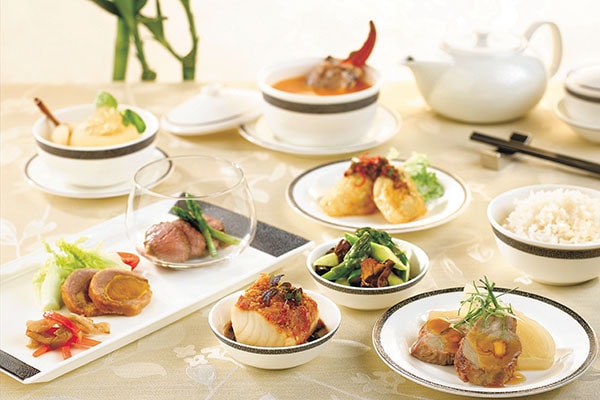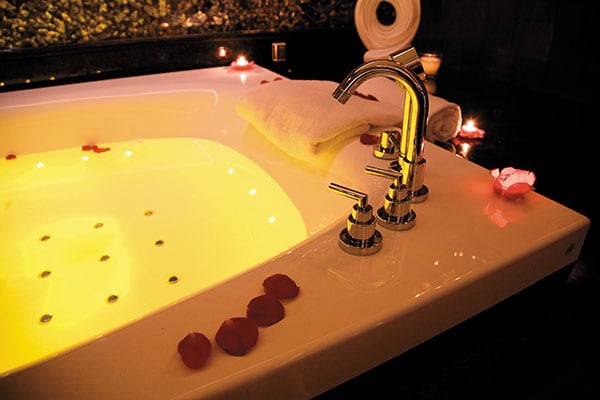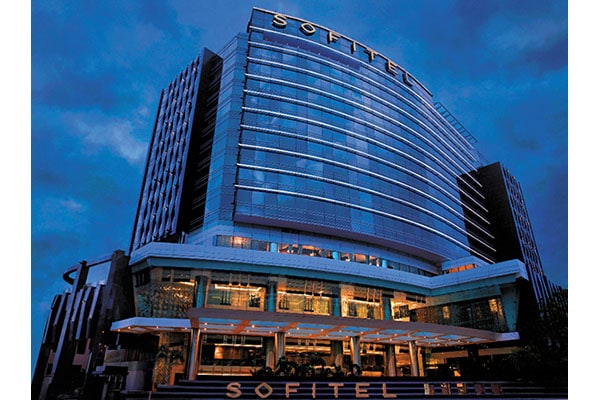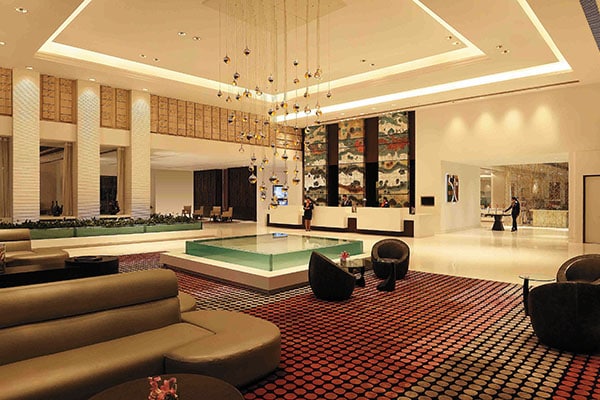
The Local Flavours of Luxury Hotels
Global hotel chains are embracing the new mantra to localize
When the legendary Biki Oberoi opened his palace-hotels years ago, many in the Indian hospitality industry thought the hotelier was going to lose money on these exotic luxury resorts. Will guests pay up to Rs 3 lakh a night? But not only is Oberoi making money, each of these properties in Udaipur, Jaipur, Agra and Ranthambore has been ranked among the top in the world. “If the guest is assured of a unique experience, he is fine paying top dollars,” says Akshay Kulkarni, regional director, hospitality, Cushman & Wakefield. Oberoi sure knew that when it comes to luxury, repetition is the last thing customers want.
It is an important lesson that world’s leading luxury chains are learning very fast. They are making sure that guests don’t find one particular fault in their products—predictability. Gone are the days when a Marriott in Kigali would have had the same look and feel as the one in Hanoi. When it comes to providing a bespoke experience, there’s only one mantra for hoteliers: Localise, localise and localise.

Food is one the best ways to go local
FOOD & DRINKS
Food is another favourite route to make sure that guests get a taste of local delicacies. “…it is what differentiates a Westin in New York from a Westin in Mumbai or Gurgaon,” says Dilip Puri, managing director, India, Starwood Hotels and Resorts. So you can go with eggs benedict for breakfast, but if your taste buds are ready for that adrenalin rush, tuck into the puri-bhaaji.

InterContinental Group
ROOMS
At InterContinental Hotels Group, 85 percent of product standards, including beds and toilets, are centralised. So, the hot showers or soft pillows would be the same everywhere. But when it comes to the minute details of designing a room, brand managers have the flexibility to bring in local culture. “When we look at a hotel, we have 10 to 15 designers to work with,” says Douglas Martell, vice president operations, South West Asia. When the designs are ready, a mock-up room is made; feedback taken from local partners and then the final nod is given.

Sofitel, Mumbai
SPECIALITIES
- Hotel chains have designed brands that are specific to a region. If alcohol’s not your thing, step into the Rayhaan hotels of the Rotana stable, the Abu Dhabi-based hospitality management behemoths in West Asia and Africa. Rayhaan is an alcohol-free brand designed for Muslims who consider drinking a taboo.
- With an eye on the Chinese traveller, the InterContinental Hotels Group has launched Hualexe (hua–majestic Chinal, and lexe–luxury). It promises for locals a traditional experience that includes the deep-rooted tea culture.Image courtesy: Pullman Gurgaon

Pullman Gurgaon Central Park
● When Accor opened its luxury hotel Sofitel in Mumbai, it took a leaf out of its Hanoi property. “Legend Metropole reflects its over 100 years of history, with a fusion of historic Vietnamese and modern French comforts,” says Jean-Michel Casse, senior vice president, Accor-India. The Mumbai hotel is conceived “as a mélange of our French DNA along with traditional Indian palace embellishments”. Pondicherry, the south Indian restaurant at Pullman—their luxury business hotel in Gurgaon—gets its crockery from Auroville, an ‘experimental township’ near Pondicherry.
(This story appears in the 30 November, -0001 issue of Forbes India. To visit our Archives, click here.)





